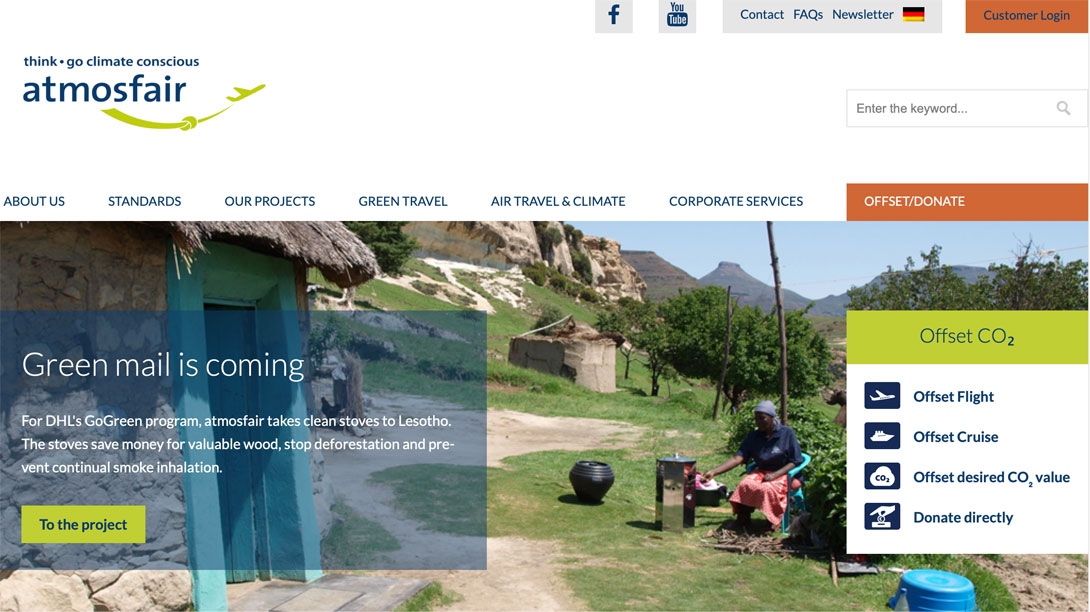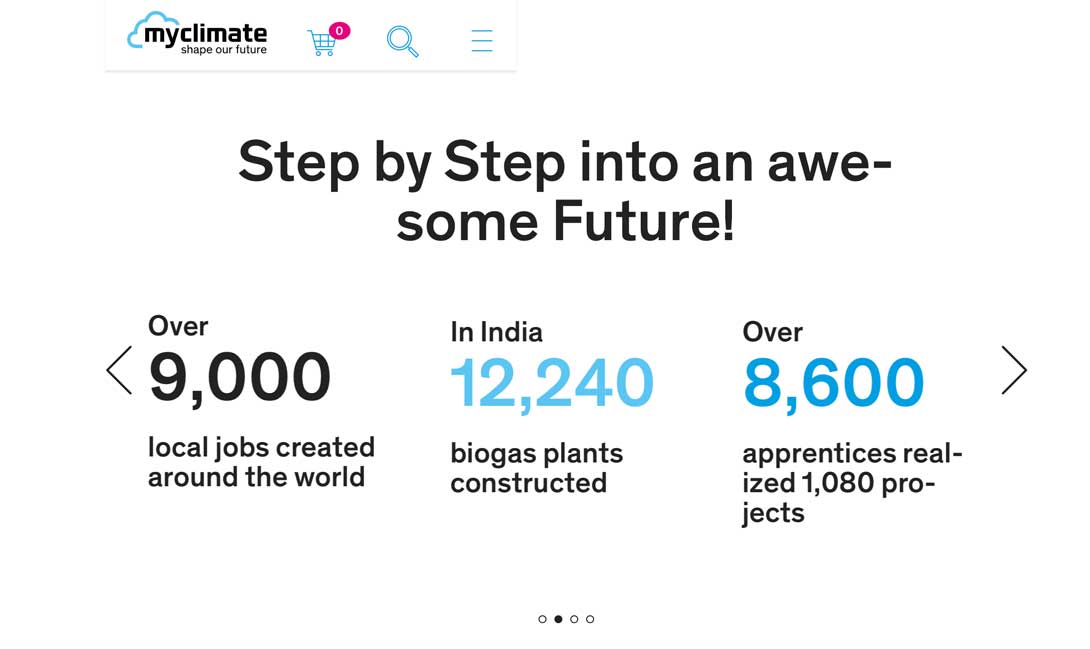The purpose and impact of CO2 compensation
- Team
- Apr, 05, 2019
- Sustainable Tourism
- No Comments

The purpose and impact of CO2 compensation
The negative effects of flying are extensively discussed in the media and the solution offered often reads: compensate your CO2 emission. By offsetting CO2 emissions, it gives the impression we are flying more sustainably. Some organisations even claim to be carbon neutral, but can this claim be correct as we are still emitting CO2 when we travel? What does CO2 emission entail exactly, what actually happens when we compensate and is there any positive impact?
By Anne de Jong
 Anne de Jong is a passionate sustainability consultant focused on the tourism industry. Anne is running her own consultancy Fair Sayari. Amongst others she is working as a freelancer for the GSTC-recognised certification-body Travelife. Anne de Jong is a passionate sustainability consultant focused on the tourism industry. Anne is running her own consultancy Fair Sayari. Amongst others she is working as a freelancer for the GSTC-recognised certification-body Travelife. |
How it works
Your carbon footprint is the total amount of greenhouse gases produced to directly (or indirectly) support human activities such as driving a car, taking a flight or using gas at home. The total amount of greenhouse gases is normally expressed as carbon dioxide, or CO2 as we know it. When you drive your car or take a flight, the engine burns fuel which creates an amount of CO2. Even when you turn on your radiator at home or when you cook dinner, you generate CO2.
These CO2 emissions have an extremely negative effect on the environment and cause global warming. Especially in the travel industry, a really high number of greenhouse gasses are emitted. In order to turn the negative into something positive, tools were developed to calculate and neutralise carbon footprints by investing in projects that reduce or avoid carbon emissions.

Carbon offset schemes allow people to invest in environmental projects worldwide to compensate their carbon footprint. These projects are developed to reduce future emissions and are often located in developing countries. There is a fee per ton of CO2 attached to compensate the carbon footprint. Some organisations offset their entire carbon footprint, such as this group of Dutch tour operators, while others aim to neutralise the impact of taking a flight.
Greenwashing?
Not everyone is a fan of compensating CO2 emissions as some people feel it’s a scam and an attempt of greenwashing. Compensating CO2 emissions is even compared to the ancient Catholic church’s practice of selling indulgences. They argue compensating your CO2 emission after a flight is exactly the same as absolution from sins in return for financial donations to the church. A pretty extreme comparison, but not entirely wrong.
Compensating your CO2 emission basically means we are doing something good for the environment, because we want to make up for the negative impact we made. Personally, I feel this is way better than doing nothing at all. The fact that we have found a way to cause positive environmental and social impact by offsetting our CO2 emissions is very positive.

The environmental and social impact of CO2 compensation
Did you know compensating your CO2 emissions doesn’t automatically mean they are planting trees? Many carbon offset schemes have switched from planting trees to sustainable energy, safe drinking water and clean cooking stove projects. These projects are set up to make quicker and more permanent savings and to offer social benefits and creating positive impact in developing countries.
Regarding tree planting, what they do still focus on, are concentrated on forest management, reforestation and forest regeneration. Trees that are planted directly clean the air. As a tree matures, it can consume 22 kg of carbon dioxide per year as it turns that CO2 into parts of itself. It thereby released enough oxygen to supply for a single person for two years! It’s a very effective way of reducing the carbon footprint and moreover also improves the living environment with cleaner air, shadow and fertile land.
Carbon offset schemes now more and more focus upon different projects that focus on facilitating change. They invest in hydro, wind and solar power for cleaner energy, set up projects for safe drinking water and finance cleaner cooking stoves. They focus on creating a cleaner, safer and healthier life environment. All projects directly contribute to the Sustainable Development Goals that aim to achieve a better and more sustainable future for all.
Surviving the smoke
For sustainable tour operators it’s essential to actively inform clients on CO2 compensation. A best practice example comes from Riksja Travel, a Dutch tour operator who filmed a documentary showing the positive social impact their CO2 compensation projects have on the world: Surviving the smoke. They travelled to India to see the results of their compensation themselves and were overwhelmed by the substantial difference the projects have made in the lives of thousands of families.
Riksja Travel works, together with several other Dutch tour operators, with the Swiss organisation The South Pole Group. This organisation sets up and supports CO2-reducing projects worldwide. They provide clean cooking stoves to households in among others India, Kenya and Ghana to reduce CO2 emission and to ensure better health conditions. In the past two years Riksja Travel has replaced over 6000 cooking stoves, not only compensating their full CO2 emission but also making a substantial difference. Watch the documentary here!
Waiting for technology
The main conclusion I have is that it definitely makes sense to compensate your CO2 offset when you book a flight. The positive environmental and social impact it has on developing countries and the way it produces green energy is a first step towards stopping global warming.
Besides compensating, the most important thing is to reduce your CO2 emission in the first place. Think about taking alternative transport, booking direct flights and consider staying closer to home. At this time this is all we can do while we wait on innovative solutions in the aviation industry.



